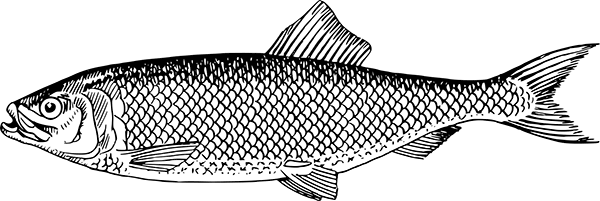On AC Hardy’s proposal for a herring research centre and William Hodgson’s brief vision of what might have been a formidable tourist attraction
TOURISM: MISSED OPPORTUNITIES
In the aftermath of World War II, a desire to step beyond the limitations of petty nationalism filled the hearts of some herring scientists.
If, out of the disasters of two world wars, people could come together to form the United Nations, what could they not achieve if they applied their minds to the herring?
In his 1949 address to the Herring Committee of the International Council for the Exploration of the Sea (ICES), Professor AC Hardy made the case:
The question of distinguishing true genetical races from ecologically modified groups is one of great importance. The investigation of the genetics of the herring might seem at first sight impossible: too difficult a task; but is not the herring problem so important to so many different nations that some effort might be made to start an institute for the purpose? Is it too fantastic an idea that we should have at one place on the seaboard of Europe a centre where the breeding of herring may be carried out? I visualise an establishment with a series of largish pools, perhaps connecting with the sea by lock-gates, on the coast of some sheltered inlet. A series of such pools could be kept at different degrees of temperature and salinity. To this institute herring spawn would be sent by air from different parts of Europe – spawn obtained from known females of different races and fertilized with the sperm similarly obtained from known males. With careful work the technical difficulties of breeding such young fish beyond the yolk-sac stage to feed on cultured plankton could be overcome and they could be introduced step by step from smaller tanks to the larger pools. Here we could sort out the genetic and environmental influences, and we should at last get the answer to many of our queries regarding the different races of herring. In place of the old-fashioned seafish hatcheries, designed in the almost certainly vain hope of enriching the stocks in the sea, we should have a sea-fish genetical institute. By support from many different nations, surely one such breeding station could be financed on a scale to ensure success?
In The Herring and its Fishery (1957) William Hodgson went one step further, identifying the tourism potential in Hardy’s visionary thinking: The attraction of being able to watch shoals of herring swimming in natural surroundings might well have sufficient commercial value to enable some of the running costs to be defrayed.
A well-placed, tourist-friendly genetical institute of the herring might have reversed the decline in Britain’s herring consumption – whilst simultaneously addressing the problem of overfishing.
It was not to be.
Watching television rather than herrings, eating cod fish fingers rather than the herring ones initially imagined by Captain Birdseye, the post-war generation was seduced by Flipper the dolphin and by the warm, exotic undersea worlds of Hans and Lotte Hass, where cold water herrings didn’t venture.
Perhaps we lost the ability to dream.
